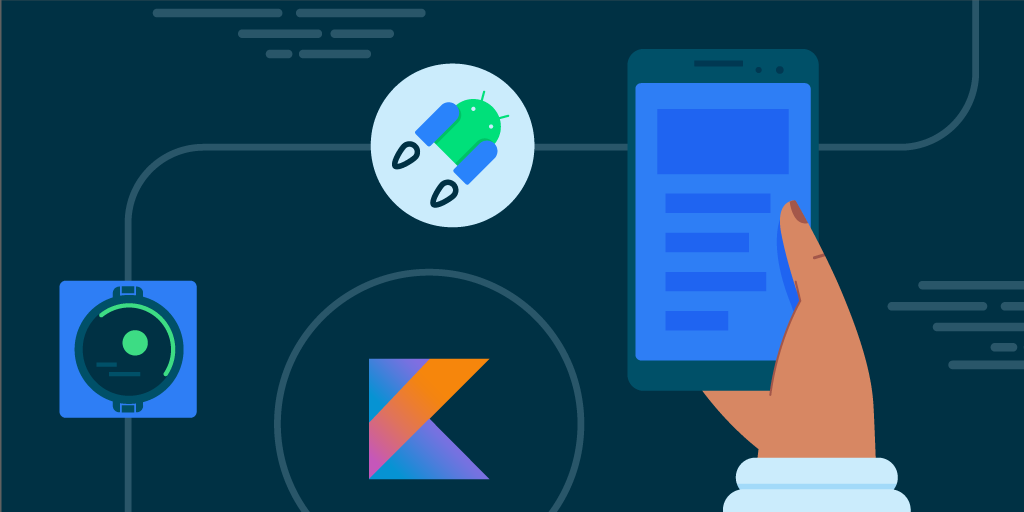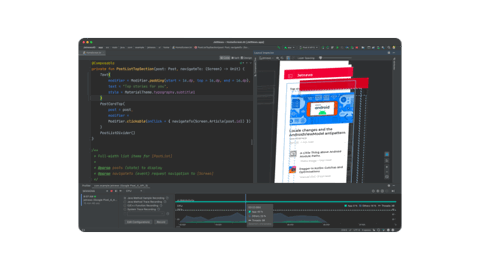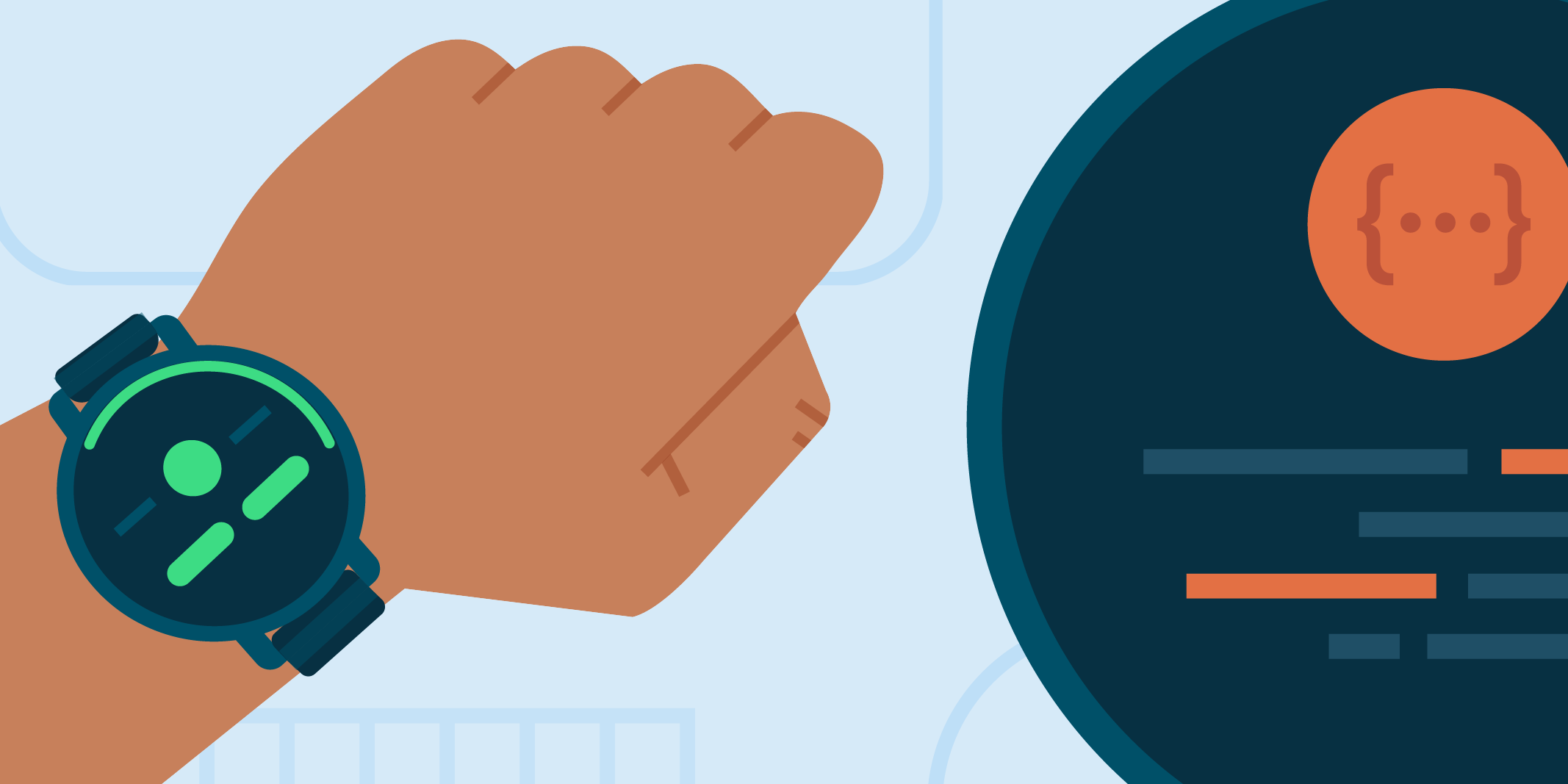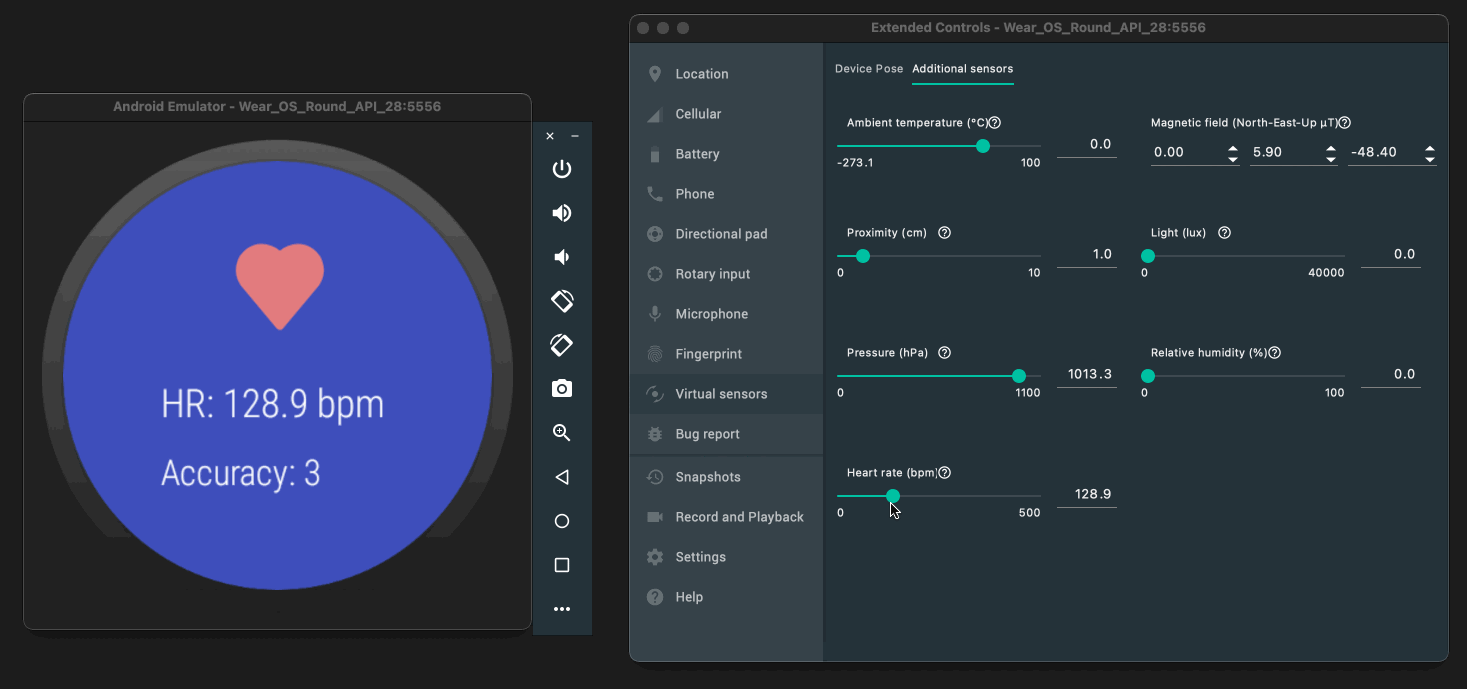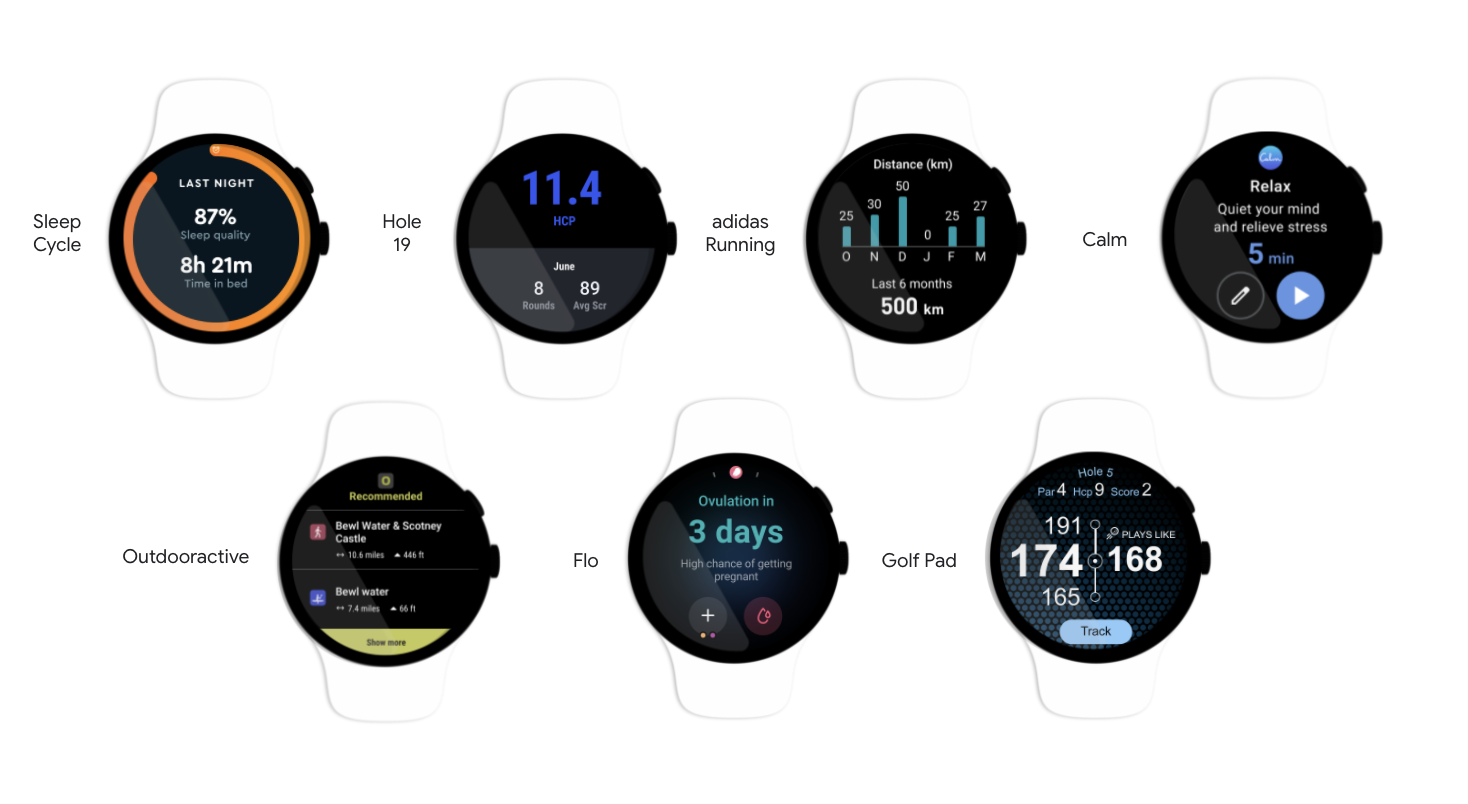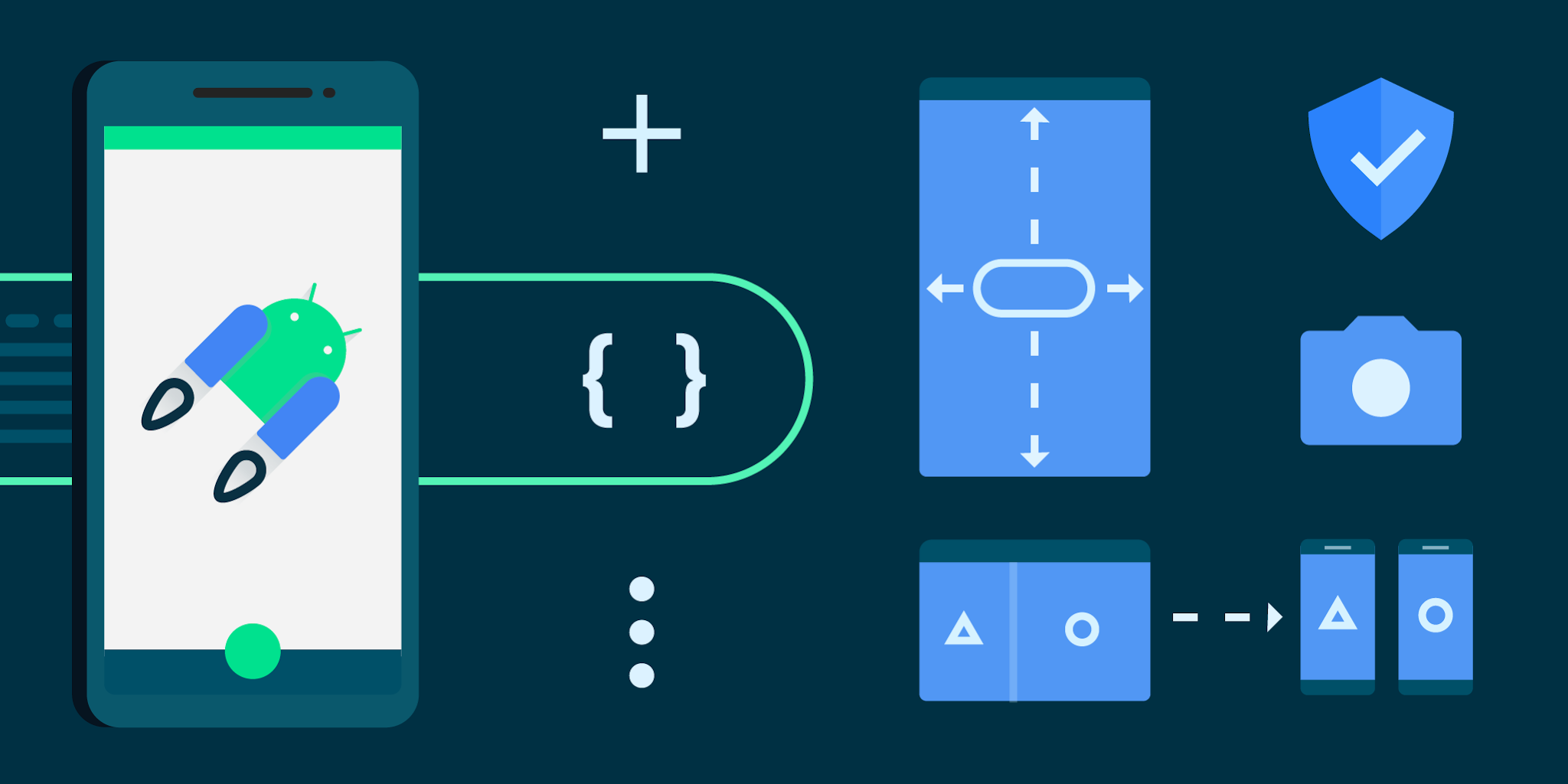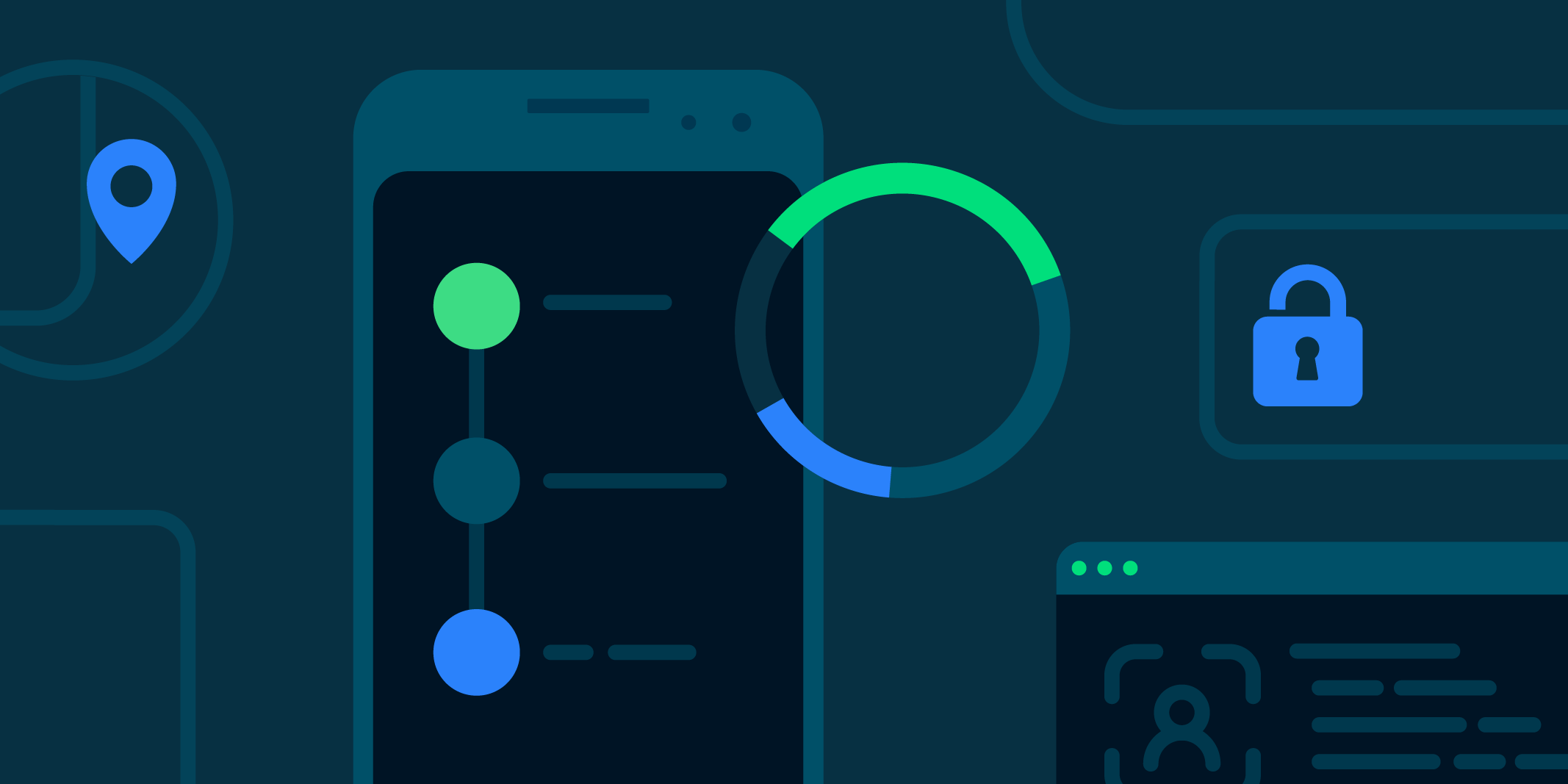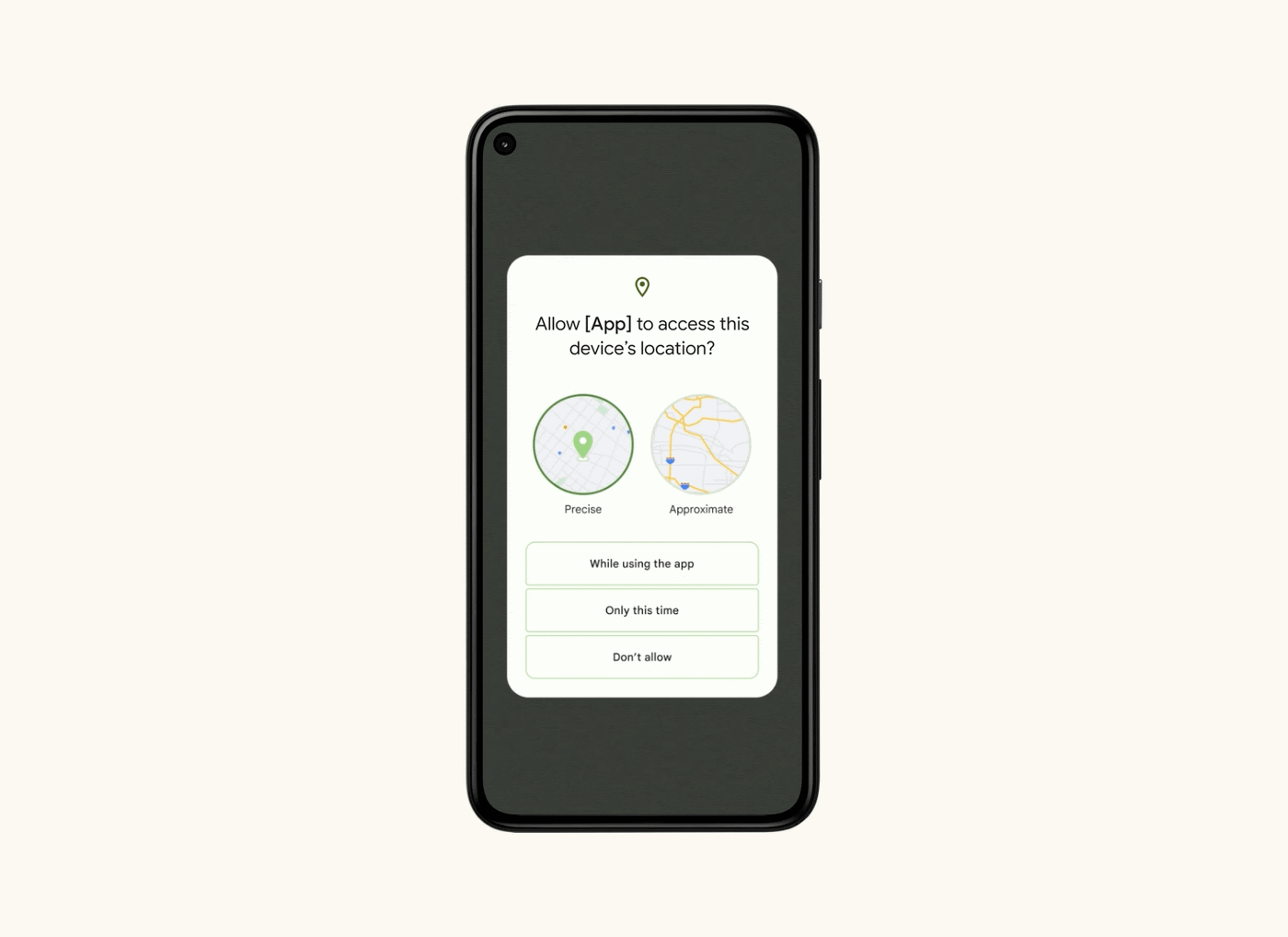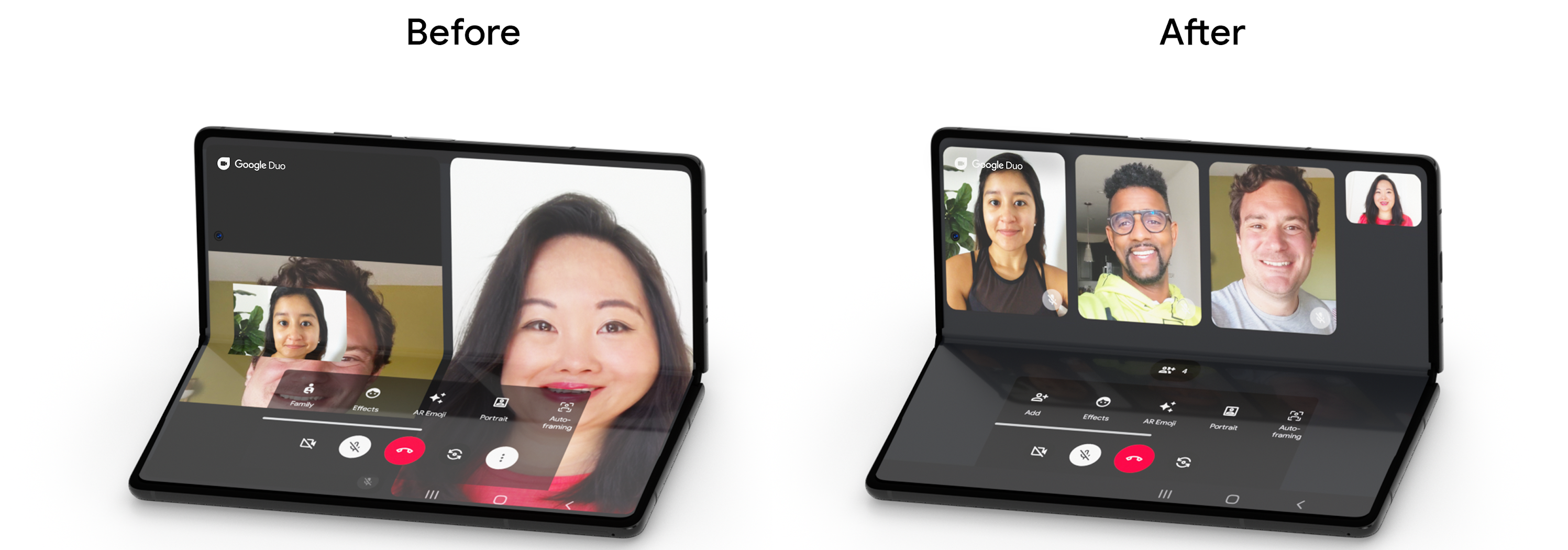Posted by Maru Ahues Bouza, Director of Android Developer Relations

There aren’t many platforms where you can build something and instantly reach billions of people around the world, not only on their phones—but their TVs, cars, tablets, watches, and more. Today, at Google I/O, we covered a number of ways Android helps you make the most of this opportunity, and how Modern Android Development brings as much commonality as possible, to make it faster and easier for you to create experiences that tailor to all the different screens we use in our daily lives.
We’ve rounded up the top 13 things to know for Android developers—from Jetpack Compose to tablets to Wear OS and of course… Android 13! And stick around for Day 2 of Google I/O, when Android’s full track of 26 technical talks and 4 workshops drop. We’re also bringing back the Android fireside Q&A in another episode of #TheAndroidShow; tweet us your questions now using #AskAndroid, and we’ve assembled a team of experts to answer live on-air, May 12 at 12:30PM PT.
MODERN ANDROID DEVELOPMENT
#1: Jetpack Compose Beta 1.2, with support for more advanced use cases
Android’s modern UI toolkit, Jetpack Compose, continues to bring the APIs you need to support more advanced use cases like downloadable fonts, LazyGrids, window insets, nested scrolling interop and more tooling support with features like LiveEdit, Recomposition Debugging and Animation Preview. Check out the blog post for more details.

#2: Android Studio: introducing Live Edit
Get more done faster with Android Studio Dolphin Beta and Electric Eel Canary! Android Studio Dolphin includes new features and improvements for Jetpack Compose and Wear OS development and an updated Logcat experience. Android Studio Electric Eel comes with integrations with the new Google Play SDK Index and Firebase Crashlytics. It also offers a new resizable emulator to test your app on large screens and the new Live Edit feature to immediately deploy code changes made within composable functions. Watch the What’s new in Android Development Tools session and read the Android Studio I/O blog post here.
#3: Baseline Profiles - speed up your app load time!
The speed of your app right after installation can make a big difference on user retention. To improve that experience, we created Baseline Profiles. Baseline Profiles allow apps and libraries to provide the Android runtime with metadata about code path usage, which it uses to prioritize ahead-of-time compilation. We've seen up to 30% faster app startup times thanks to adding baseline profiles alone, no other code changes required! We’re already using baseline profiles within Jetpack: we’ve added baselines to popular libraries like Fragments and Compose – to help provide a better end-user experience. Watch the What’s new in app performance talk, and read the Jetpack blog post here.

BETTER TOGETHER
#4: Going big on Android tablets
Google is all in on tablets. Since last I/O we launched Android 12L, a release focused on large screen optimizations, and Android 13 includes all those improvements and more. We also announced the Pixel tablet, coming next year. With amazing new hardware, an updated operating system & Google apps, improved guidelines and libraries, and exciting changes to the Play store, there has never been a better time to review your apps and get them ready for large screens and Android 13. That’s why at this year’s I/O we have four talks and a workshop to take you from design to implementation for large screens.
#5: Wear OS: Compose + more!
With the latest updates to Wear OS, you can rethink what is possible when developing for wearables. Jetpack Compose for Wear OS is now in beta, so you can create beautiful Wear OS apps with fewer lines of code. Health Services is also now in beta, bringing a ton of innovation to the health and fitness developer community. And last, but certainly not least, we announced the launch of The Google Pixel Watch - coming this Fall - which brings together the best of Fitbit and Wear OS. You can learn more about all the most exciting updates for wearables by watching the Wear OS technical session and reading our Jetpack Compose for Wear OS announcement.

#6: Introducing Health Connect
Health Connect is a new platform built in close collaboration between Google and Samsung, that simplifies connectivity between apps making it easier to reach more users with less work, so you can securely access and share user health and fitness data across apps and devices. Today, we’re opening up access to Health Connect through Jetpack Health—read our announcement or watch the I/O session to find out more!
#7: Android for Cars & Android TV OS
Android for Cars and Android TV OS continue to grow in the US and abroad. As more users drive connected or tune-in, we’re introducing new features to make it even easier to develop apps for cars and TV this year. Catch the “What’s new with Android for Cars” and “What's new with Google TV and Android TV” sessions on Day 2 (May 12th) at 9:00 AM PT to learn more.
#8: Add Voice Across Devices
We’re making it easier for users to access your apps via voice across devices with Google Assistant, by expanding developer access to Shortcuts API for Android for Cars, with support for Wear OS apps coming later this year. We’re also making it easier to build those experiences with Smarter Custom Intents, enabling Assistant to better detect broader instances of user queries through ML, without any NLU training heavy lift. Additionally, we’re introducing improvements that drive discovery to your apps via voice on Mobile, first through Brandless Queries, that drive app usage even when the user hasn’t explicitly said your app’s name, and App Install Suggestions that appear if your isn’t installed yet–these are automatically enabled for existing App Actions today.
AND THE LATEST FROM ANDROID, PLAY, AND MORE:
#9: What’s new in Play!
Get the latest updates from Google Play, including new ways Play can help you grow your business. Highlights include the ability to deep-link and create up to 50 custom listings; our LiveOps beta, which will allow more developers to submit content to be considered for featuring on the Play Store; and even more flexibility in selling subscriptions. Learn about these updates and more in our blog post.
#10: Google Play SDK Index
Evaluate if an SDK is right for your app with the new Google Play SDK index. This new public portal lists over 100 of the most widely used commercial SDKs and information like which app permissions the SDK requests, statistics on the apps that use them, and which version of the SDK is most popular. Learn more on our blog post and watch “What’s new in Google Play” and “What’s new in Android development tools” sessions.
#11: Privacy Sandbox on Android
Privacy Sandbox on Android provides a path for new advertising solutions to improve user privacy without putting access to free content and services at risk. We recently released the first Privacy Sandbox on Android Developer Preview so you can get an early look at the SDK Runtime and Topics API. You can conduct preliminary testing of these new technologies, evaluate how you might adopt them for your solutions, and share feedback with us.
#12: The new Google Wallet API
The new Google Wallet gives users fast and secure access to everyday essentials across Android and Wear OS. We’re enhancing the Google Wallet API, previously called Google Pay Passes API, to support generic passes, grouping and mixing passes together, for example grouping an event ticket with a voucher, and launching a new Android SDK which allows you to save passes directly from your app without a backend integration. To learn more, read the full blog post, watch the session, or read the docs at developers.google.com/wallet.
#13: And of course, Android 13!
The second Beta of Android 13 is available today! Get your apps ready for the latest features for privacy and security, like the new notification permission, the privacy-protecting photo picker, and improved permissions for pairing with nearby devices and accessing media files. Enhance your app with features like app-specific language support and themed app icons. Build with modern standards like HDR video and Bluetooth LE Audio. You can get started by enrolling your Pixel device here, or try Android 13 Beta on select phones, tablets, and foldables from our partners - visit developer.android.com/13 to learn more.
That’s just a snapshot of some of the highlights for Android developers at this year’s Google I/O. Be sure to watch the What’s New in Android talk to get the landscape on the full Android technical track at Google I/O, which includes 26 talks and 4 workshops. Enjoy!




























